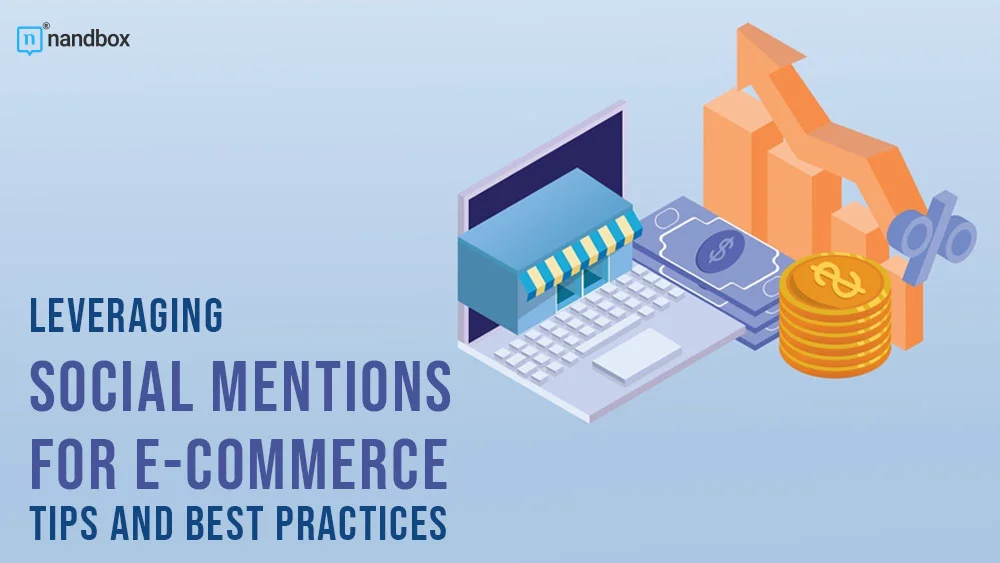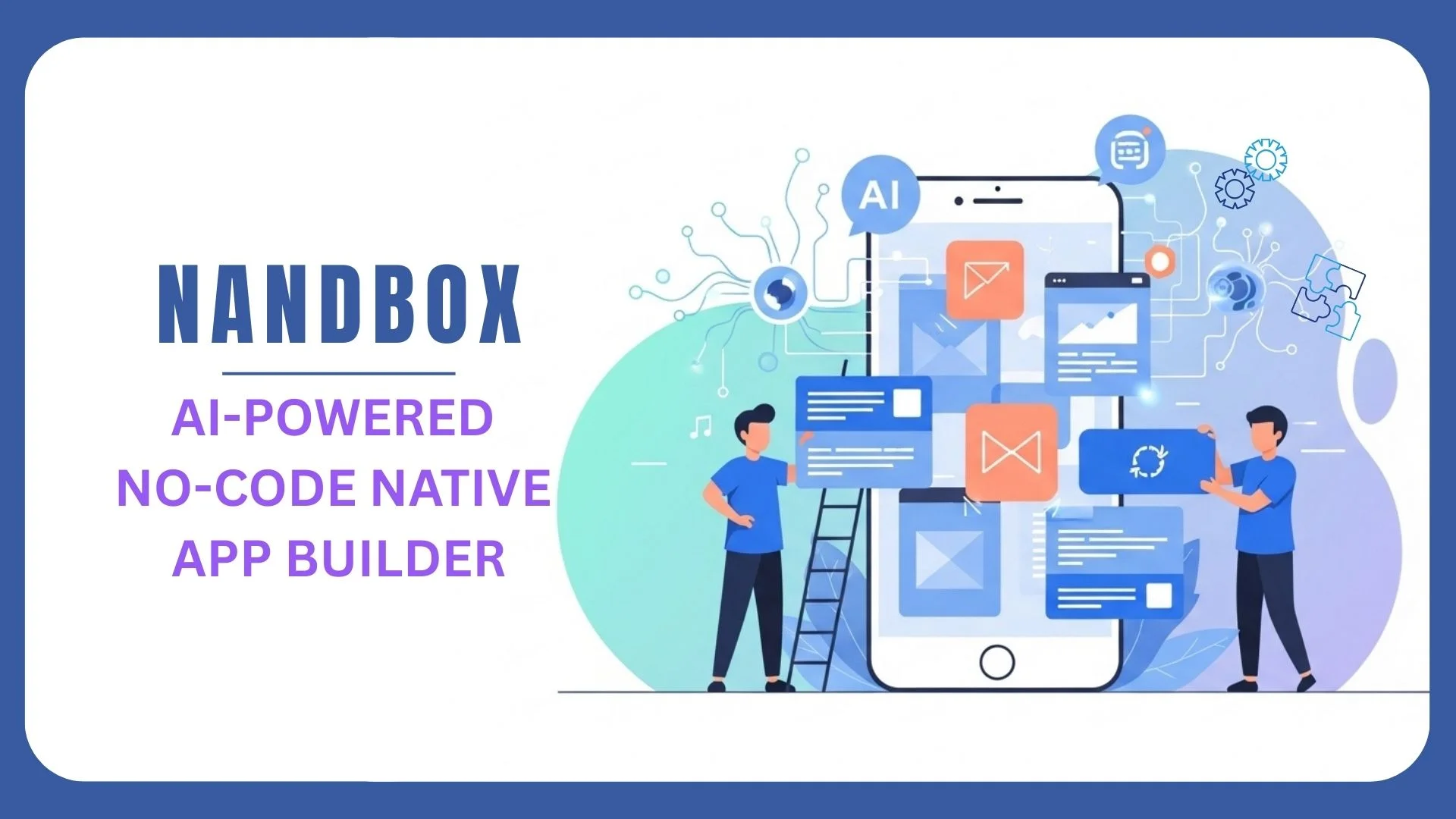According to a study by UpCity, 38% of businesses actively monitor social mentions. So if you want to drive more sales and improve your online visibility, keeping an eye on your social mentions is necessary.
Social media is now essential for businesses to engage with their consumers and reach new audiences because it has 4.2 billion active users globally. One way to stand out from the competition is by leveraging social mentions. Social mentions are when a business, brand, product, or individual is mentioned or discussed on social media platforms. The platforms extend beyond social media and encompass blogs, forums, and other online communities.
These mentions can be comments, shares, likes, hashtags, and direct messages that are positive, negative, or neutral. They provide significant insights for understanding how people perceive and engage with a particular brand or product. This article will explore the importance of social mentions and provide some best practices for e-commerce companies. Let’s dive in!
Monitor Social Mentions
Tools for Monitoring Social Mentions
Many social media monitoring tools are available, ranging from free tools like Google Alerts and Mention to paid ones like Hootsuite and Brand24. Ensure it includes all the social media sites pertinent to your business while selecting one that fits your goals and budget.
Importance of Monitoring Social Mentions
Why is monitoring social media mentions so essential? Because it assists you in improving your online reputation. You can thank those who enjoy your goods or services and share their articles to promote your business more.
Now, picture this: Some individuals might have a negative opinion about your company or product. How would you handle that?
Staying on top of market changes is another benefit of monitoring social mentions. You can use it to discover people’s problems or where your goods or services could be improved. Additionally, you can watch the actions of your rivals and modify your approach as necessary.
Strategies for Effective Monitoring in Social Mentions
Configuring alerts for your company name, product name, and keywords will guarantee you’re informed whenever someone mentions them.
Ensure you have a process for rapidly reacting to social mentions. It can be done by designating a staff to manage social media accounts or creating a chatbot to automate responses.
Lastly, conduct periodic analyses of your social mention data to uncover patterns and places, then apply this data to your content strategy, product development, and customer service initiatives.
Social Mentions: Engage with Customers
After monitoring your social mentions, it is time to interact with your consumers and develop relationships with them. Effectively utilizing social media as a means of customer interaction has the potential to propel your e-commerce business growth in numerous ways.
Responding to Customer Feedback Through Social Mentions
Responding to customer feedback is one of the most effective methods to engage with them. Whether positive or negative, you must react quickly and appreciate the comment.
Thank them for their input and, if required, give solutions. For example, if they’re complaining about receiving their orders, you could opt for order fulfillment services. Doing so demonstrates to your customers that you respect their feedback and are dedicated to resolving their issues or providing exceptional service.
Encouraging Positive Reviews
Another fantastic method to engage with your consumers is to encourage favorable reviews. Positive reviews can help you grow sales and improve your online reputation. Social proof is an excellent motivation for purchasing decisions.
Customers can be encouraged to post reviews by providing incentives like discounts or complimentary products or by simply asking them to do so after making a purchase.
Handling Negative Reviews
Dealing with unfavorable reviews can be difficult, but doing it professionally and empathetically can better the situation.
To begin, do not ignore or delete negative criticism. Respond to the reviewer and try to fix the situation. Apologize for any difficulty and, if possible, propose a solution. Doing so can turn a poor experience into a favorable one and gain your customer’s trust.
Utilize User-Generated Content
User-generated content is genuine, and engaging, and can assist you in building trust with your audience, but what is it exactly?
Types of User-Generated Content
User-generated content (UGC) is information that regular people create and distribute. It comprises compelling images, captivating videos, genuine reviews, honest comments, and intriguing social media posts.
The trick is finding materials relevant to your company and appealing to your target audience. For example, if you sell outdoor gear like tactical gear, you may hunt for images of consumers utilizing your products on hiking vacations.
Benefits of Using User-Generated Content
So, what are the advantages of utilizing UGC?
For starters, it is often cheaper than producing branded content, as the business doesn’t have to pay for content creation or licensing fees.
Best Practices for Incorporating User-Generated Content
User-generated content is straightforward, and numerous ways to produce it correctly exist. Getting permission to use the content if it’s a review or a private post must be done first, but if it’s a public post, you can just do attribution.
Next, consider planning a user-generated content strategy for your online platforms. For instance, you can make a UGC gallery or emphasize UGC on your product pages.
Remember to interact with customers who generate UGC. Thank them for contributing their content, and think about creating incentives in the future. You can encourage more UGC creators and deepen your brand’s interaction with your audience by partnering with a UGC content agency, which can help establish a stronger relationship with your UGC contributors.
Collaborate with Influencers
Influencer marketing has recently gained significant traction and popularity among the various marketing techniques. Partnering with influencers allows you to broaden your reach and achieve rapid business expansion.
Importance of Influencer Marketing
Influencers have devoted followers who rely on their advice and thoughts. Teaming up with them will unlock access to their audience, magnifying brand exposure to new heights. Influencers can also help you reach out to new demographics and reach beyond your current client base.
Finding the Right Influencer
But how can you locate the most suitable influencer that aligns with your brand?
Begin by conducting some research. Look for influencers in your sector or niche who share the same values as your business and target audience. Influencer marketing platforms can also help you locate and connect with influencers that fit your company well.
One new strategy that’s becoming popular right now is working with micro-influencers. The followers of these influencers average between 10,000 and 30,000. They are perceived as more genuine than celebrities, affordable, and highly engaged.
Best Practices for Working with Influencers
Working with influencers includes setting clear rules, allowing creative license, and remaining responsive and collaborative. The cooperation must also be disclosed as an ad or sponsored material to comply with advertising standards.
Influencers should be embraced as esteemed partners and collaborators rather than simply a means to an end. You may generate accurate and engaging content that resonates with your audience and enhances your business by cultivating a solid relationship with an influencer.
Implement Social Media Advertising Through Social Mentions
Social media advertising has evolved into a vital component of e-commerce marketing strategies. With the rise of social media platforms, targeting your perfect audience and producing effective ads that deliver results is easier than ever.
Benefits of Social Media Advertising
Social media advertising stands out for its capability to target specific consumer groups, offering a notable advantage. Platforms like Facebook, Instagram, and Twitter empower you to create finely tuned ads, targeting individuals based on age, location, interests, and behaviors.
Targeting the Right Audience
You must target the correct people to get the most out of social media advertising. Take the time to research and understand your potential customer’s interests, behaviors, and pain concerns. Use this information to design advertising relevant to your target audience’s demands.
Best Practices for Creating Effective Ads
Budget is another essential element to consider. Begin with a low budget and progressively increase it as you notice progress. Social media advertising networks provide a variety of targeting and budget possibilities, so try them all to see what works best for your brand.
If you find the entire marketing process to be too risky, try to outsource to seasoned digital marketing agencies. These agencies typically have in-house specialists and if not, they outsource to professionals in the industry like an SEO reseller in the SEO industry for instance.
Social Mentions: Measure and Analyze Results
Analyzing and measuring campaign results provides valuable insights into identifying successful tactics and areas that require improvement. From there, you can confidently decide to improve your e-commerce business’s growth further.
Key Performance Indicators (KPIs) for Social Media
When evaluating social media results, one thing to consider is what key performance indicators (KPIs) to observe. KPIs for social media include engagement rate, reach, clicks, conversions, and consumer sentiment.
Choose KPIs that correspond with your overall business goals and track them regularly to understand how your social media activities contribute to your success.
Tools for Measuring and Analyzing Results in Social Mentions
There are various tools available for tracking and assessing social media results. Many social media networks provide analytics tools, while third-party programs such as Hootsuite and Sprout Social provide more in-depth analysis and reporting.
Take a personal approach when selecting the tools that best align with your brand and budget, and utilize them to continuously track and analyze the progress of your social media endeavors.
Strategies for Improving Social Media Performance
Once you have a clear view of your social media performance, it is time to establish improvement plans. It might include modifying your content strategy based on what resonates with your audience, testing different ad formats, or collaborating with new influencers.
Cultivate an attitude of curiosity and a readiness to embrace fresh ideas, allowing you to uncover the strategies that yield the most remarkable results for your brand.
Conclusion
Using social mentions to raise your brand’s online exposure and drive sales may be a fun and successful approach to increasing sales.
You may design a comprehensive strategy suited to your brand’s objectives and goals by monitoring social mentions, communicating with customers, employing user-generated content, collaborating with influencers, adopting social media advertising, and evaluating and analyzing results.






